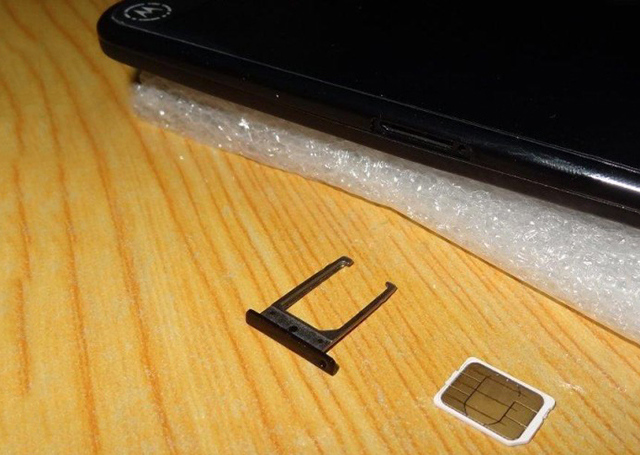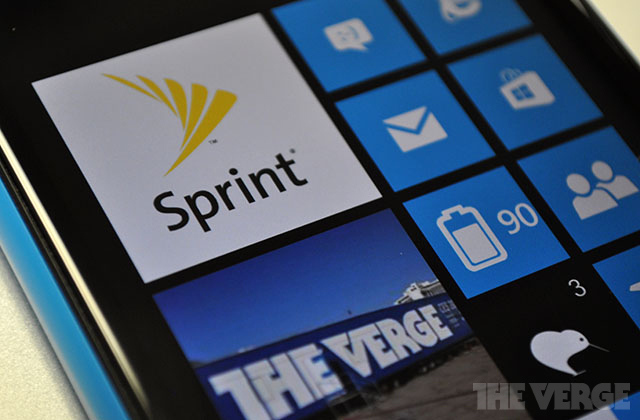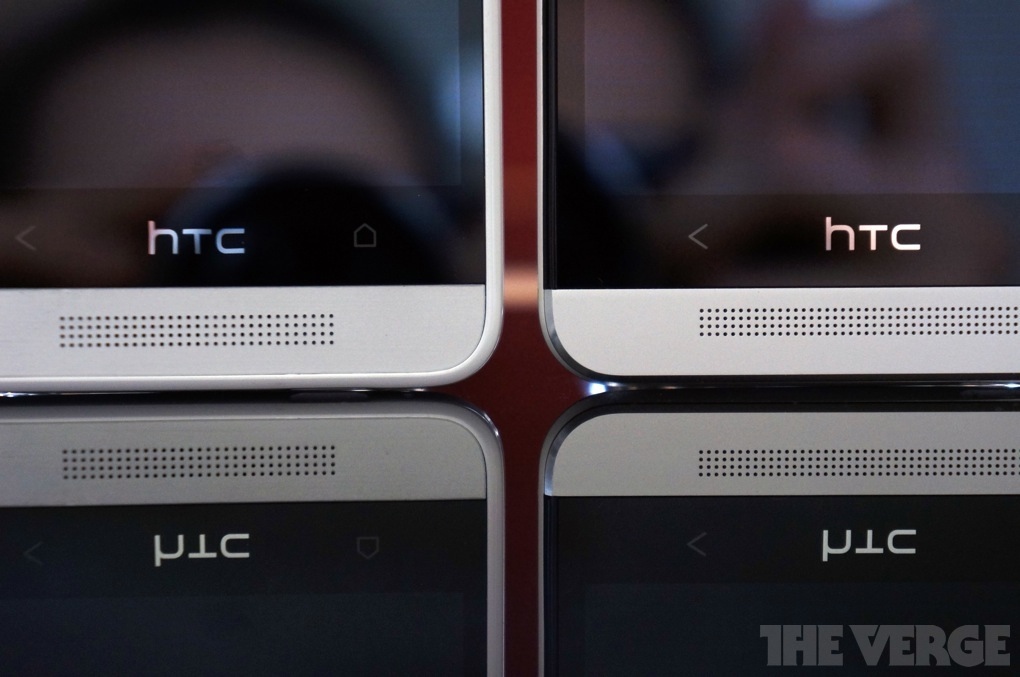By Brian Westover The Samsung ATIV Book 7 (NP740U3E-K01UB) is a solid entry into the premium ultrabook category, but it's a category filled with fierce competition from all sides. The ATIV Book 7 has all the elements of a great ultrabook, like a stylish but sturdy all-metal design, a touch-enabled 1080p display, and battery life that will take you through most of your day, but contenders from Toshiba, Asus, Apple, and even Google give it a run for its money. Despite the competition, the Samsung ATIV Book 7 is still a great laptop, and worth considering for anyone buying a premium ultrabook.
Compare Similar Products

Design
In keeping with the trend set by the Apple MacBook Pro—and continued by the likes of the Google Chromebook Pixel (64GB, LTE) and the Toshiba Kirabook—the bare metal look is definitely in for premium laptops, and the brushed aluminum finish of the Samsung ATIV Book 7 is no exception. The slim ultrabook measures 0.74 by 12.76 by 8.82 inches (HWD) and weighs 3.6 pounds, making it a little bigger than the Toshiba KiraBook, but nearly a pound heavier. The aluminum construction is not just stylish, it also offers a sturdy build that doesn't flex or bend.
The standout feature of the ATIV Book 7 is the display, a 13.3-inch beauty that offers both 1,920-by-1,080 resolution and 10-digit touch capability, a combination so far limited to premium systems like the Google Pixel and the Editors' Choice Asus Zenbook Prime Touch UX31A-BHI5T. The display is also usable indoors and out, with 350 nits of backlit brightness. Joining the display are two 2-watt JBL stereo speakers, which offered clean sound with room-filling volume, but only moderate bass.
The ATIV Book 7 boasts a backlit chiclet keyboard, with silver colored keys that match the brushed aluminum palmrest and the silver-toned color scheme of the laptop. The one drawback of these silvery keys is that, without the backlight on, they are just reflective enough that it's hard to make out which key is which under some lighting. This won't be an issue for touch typists, but the hunt and peck crowd will be slowed down. The accompanying clickpad offers smooth, accurate tracking and supports Windows 8 gestures.
Features
The ATIV Book 7 is outfitted with one USB 3.0 port and two USB 2.0 ports, a compact Gigabit Ethernet port, HDMI output, an SD card slot (SD/SDHC/SDXC), and stereo headset jack. There's also a miniVGA connection, but you'll need a separate dongle for full-size VGA output ($39.99 direct). A lock slot also lets you physically tether the laptop to prevent theft. Internally the ATIV Book 7 is equipped with 802.11n Wi-Fi, Bluetooth 4.0, and Wi-Di 2.0. The latter lets you wirelessly stream HD content to any Wi-Di equipped HDTV or Wi-Di adapter, such as the Belkin Screencast.
The ATIV Book 7 also has a 128GB solid-state drive (SSD) for storing all of your files and programs. That's not a lot of room—both the Toshiba KiraBook and the MacBook Pro 13-inch (Retina) came equipped with 256GB drives, but also had higher prices to pay for it—but the use of an SSD will help keep the performance quick over time. Factoring in the space filled by the operating system—Windows 8 (64-bit)—along with a recovery partition and preinstalled programs and apps, you'll only have about 60GB of free space out of the box. Included on the drive are useful offerings, like Adobe Photoshop Elements 11, Microsoft Office 2010 Starter Edition, and 60-day trials of Norton Internet Security and Online Backup. On the start screen you'll also find a wide selection of apps, like Netflix, Bitcasa cloud storage, and Evernote, though you may want to weed out the ones that don't interest you, like Jamie Oliver's Recipes, Amazon Kindle Reader, or Music Maker Jam. Samsung includes several of it's S-branded services, including S Agent, S Camera, S Gallery, and S Service, as well as covering the laptop with a one-year warranty on parts and labor.
Performance
 The Samsung ATIV Book 7 boasts a 1.8GHz Intel Core i5-337U processor, a dual-core ultra-low-voltage CPU. Paired with 4GB of RAM, the processor—the same used in the 15-inch Sony VAIO T15 Touch (SVT15112CXS)—delivered solid performance, with a PCMark 7 score of 4,466 points and a Cinebench score of 2.50 points. By comparison, the similarly equipped Asus Zenbook Prime Touch UX31A-BHI5T scored 4,510 points (PCMark 7) and 2.40 points (Cinebench), while the Core i7-equipped Toshiba Kirabook topped both with scores of 5,229 points (PCMark 7) and 2.92 points (Cinebench).
The Samsung ATIV Book 7 boasts a 1.8GHz Intel Core i5-337U processor, a dual-core ultra-low-voltage CPU. Paired with 4GB of RAM, the processor—the same used in the 15-inch Sony VAIO T15 Touch (SVT15112CXS)—delivered solid performance, with a PCMark 7 score of 4,466 points and a Cinebench score of 2.50 points. By comparison, the similarly equipped Asus Zenbook Prime Touch UX31A-BHI5T scored 4,510 points (PCMark 7) and 2.40 points (Cinebench), while the Core i7-equipped Toshiba Kirabook topped both with scores of 5,229 points (PCMark 7) and 2.92 points (Cinebench).

In multimedia tests, the ATIV Book 7 offered moderate performance, finishing our Handbrake test in 1 minute 34 seconds, slower than the Editors' Choice Asus UX31A-BHI5T (1:29) and the Toshiba KiraBook (1:14), but ahead of the Apple MacBook Pro (1:56). It ran through our Photoshop tests a bit slower, finishing in 6 minutes 7 seconds, behind the Asus UX31A-BHI5T (5:31) and the MacBook Pro (4:27). In day-to-day use, however, these results still translate into high-quality performance in all but the most demanding tasks.
Using Intel's integrated graphics solution—Intel HD Graphics 4000—the ATIV Book 7 isn't made for gaming, but should be more than adequate for web-browsing, video, and both casual and browser-based games. In 3DMark 11, the ATIV Book 7 scored 1,102 points at entry settings, putting it in the same neighborhood as the Asus Zenbook UX31A-BHI5T (1,160 points) but behind the Toshiba KiraBook (1,266 points).
For overall performance the ATIV Book 7 is fairly well equipped, but that doesn't mean much without a good battery to back it up. Thankfully, the laptop delivers, lasting 6 hours 9 minutes in our battery rundown test. This is just ahead of the Toshiba KiraBook (5:50) but roughly half an hour behind the Asus Zenbook UX31A-BHI5T (6:38). Regardless, it's the sort of battery life that can take you through most of a workday without a wall charger and without a break.
Conclusion
With sleek all-aluminum construction, decent performance and battery life, and a 1080p touchscreen, the Samsung ATIV Book 7 (NP740U3E-K01UB) clearly belongs alongside other premium ultrabooks and laptops, but its performance falls just short of leading systems, so it won't replace our current Editors' Choice, the Asus Zenbook Prime Touch UX31A-BHI5T. That said, for just over $1,000, the Samsung ATIV Book 7 is a more affordable alternative to the Toshiba KiraBook, with similar looks, an HD touch screen, and only slightly slower performance. Regardless, the Samsung ATIV Book 7 (NP740U3E-K01UB) is definitely worth looking at if you're shopping for a touch-enabled premium ultrabook.




 South Korean electronics major Samsung has unveiled nine new products that are likely to hit the Indian market over the next few months at an event here.
South Korean electronics major Samsung has unveiled nine new products that are likely to hit the Indian market over the next few months at an event here.


















 The Samsung ATIV Book 7 boasts a 1.8GHz Intel Core i5-337U processor, a dual-core ultra-low-voltage CPU. Paired with 4GB of RAM, the processor—the same used in the 15-inch Sony VAIO T15 Touch (SVT15112CXS)—delivered solid performance, with a PCMark 7 score of 4,466 points and a Cinebench score of 2.50 points. By comparison, the similarly equipped Asus Zenbook Prime Touch UX31A-BHI5T scored 4,510 points (PCMark 7) and 2.40 points (Cinebench), while the Core i7-equipped Toshiba Kirabook topped both with scores of 5,229 points (PCMark 7) and 2.92 points (Cinebench).
The Samsung ATIV Book 7 boasts a 1.8GHz Intel Core i5-337U processor, a dual-core ultra-low-voltage CPU. Paired with 4GB of RAM, the processor—the same used in the 15-inch Sony VAIO T15 Touch (SVT15112CXS)—delivered solid performance, with a PCMark 7 score of 4,466 points and a Cinebench score of 2.50 points. By comparison, the similarly equipped Asus Zenbook Prime Touch UX31A-BHI5T scored 4,510 points (PCMark 7) and 2.40 points (Cinebench), while the Core i7-equipped Toshiba Kirabook topped both with scores of 5,229 points (PCMark 7) and 2.92 points (Cinebench).



 Does Samsung’s (SSNLF.PK) new ATIV Q hybrid tablet pose a threat to Apple’s (NASDAQ:AAPL) tablet market dominance? Ever since Apple unveiled its first iPad in 2010, the Cupertino-based company has consistently dominated the U.S. tablet market.
Does Samsung’s (SSNLF.PK) new ATIV Q hybrid tablet pose a threat to Apple’s (NASDAQ:AAPL) tablet market dominance? Ever since Apple unveiled its first iPad in 2010, the Cupertino-based company has consistently dominated the U.S. tablet market.











[%=data.comment.user.display_name%]
[% } else { %]
[%=data.comment.user.display_name%]
[% } %] [% if (data.comment.user.membership && data.comment.user.membership.short_bio) { %]
[%= data.comment.user.membership.short_bio %]
[% } %]
[%=data.comment.created_on_date%] [%=data.comment.created_on_date_mobile%] [% if (data.comment.id) { %] [% if (!Chorus.Comments.Options.comments_closed) { %] Reply [% if (show_edit) { %] Edit [% } %] [% } %] [% if (Chorus.Comments.Options.able_to_comment || Chorus.Comments.Options.able_to_moderate) { %] [%=Chorus.Comments.Json.render_comment_actions(data.comment)%] [% } %] [% } %]
[% if (data.comment.id && show_edit) { %]
[% } %]